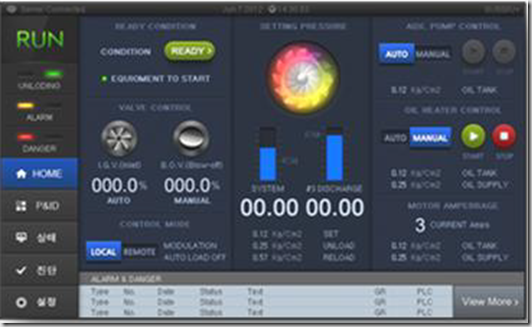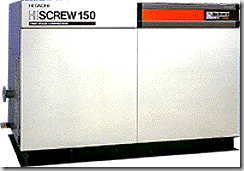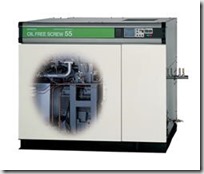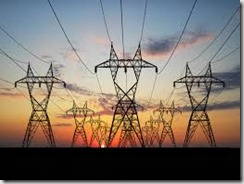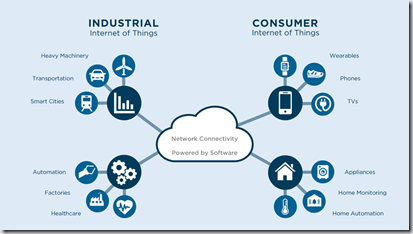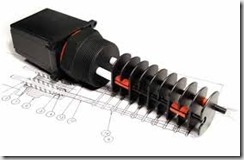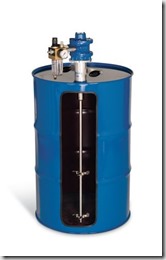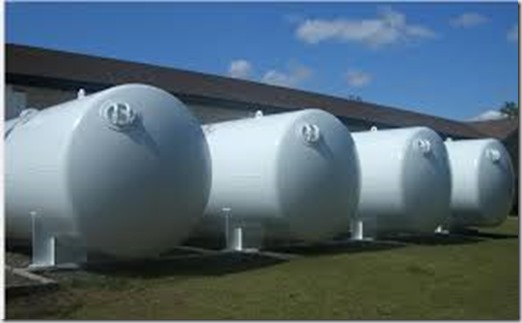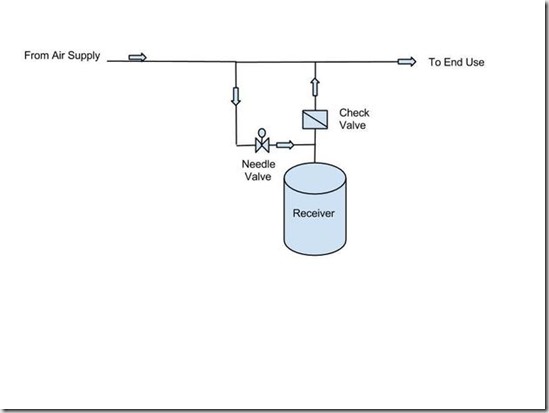A simple concept of air density is cool air is more dense than warm air. In a centrifugal compressor application where the flows and pressure are created dynamically the inlet conditions play a major role in the performance of the compressor.
Several factors play a contributing role in the performance including inlet pressure which should remain constant at your physical location. However, the variable factors include inlet air temperature, humidity and cooling water temperature.
Lower intake air temperatures as well as cooling water temperatures usually go hand in hand. The lower temperature air will be more dense and will result in higher free air delivery (ACFM) and also higher power consumption of the compressor.
Another factor in air density changes is the available turndown of the compressor. Meaning the effective flow range through the use of a throttle valve or inlet guide vanes is possible. A lower temperature inlet air will allow for a wider range of operation in the compressor thus offering a larger amount of turndown.
The lower inlet temperature air also increase the surge pressure!
During the heat of summer the alternate is true where less volume is produced by the compressor and subsequently, less horsepower is used but there may exist an circumstance that the unit will not be able to produce the required plant volume if the unit was not sized appropriately at the onset.
All of this information is critical in initially sizing a dynamic compressors but the point we’re looking to make is the ambient conditions do change the performance of the machine.
Modern controls are designed to keep the compressor out of surge or choke conditions by moving the surge line to an acceptable position. However, by moving the surge line the performance of the unit is also altered.
This is the primary reason we suggest re-tuning each centrifugal compressor based on the season. At least twice per year (as the ambient temperatures increase for summer and decrease for winter) is an ideal time to tune the compressor to achieve peak performance and maximize energy savings.
If your plant has a maintenance contract with a service provider, make sure that tuning the compressor is included twice per year as recommended. If you perform you own service I would advise contacting a local service company to perform these tuning parameters for your as a one off service. Typically, tuning controls is outside the expertise of plant maintenance personnel.

